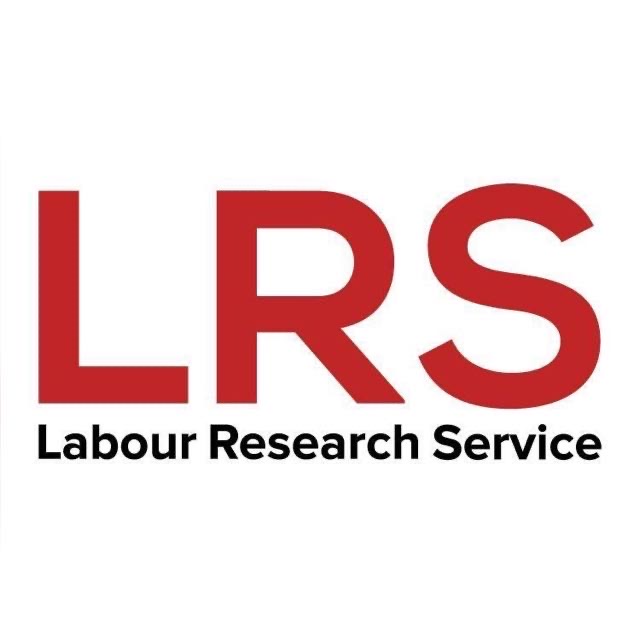Several laws protect workers from sexual harassment in South Africa. Yet, sexual harassment is common and underreported. This is because it now manifests in more subtle forms. Harassment of a sexual nature is likely to happen through social media and venues outside the workplace. A worker might receive suggestive messages and images, or invitations to meetings that somehow become dates.
Sexual harassment can happen to anybody. It is done by bosses, colleagues, and even clients and customers. Most times the perpetrators are men, but occasionally men are also the victims of sexual harassment. Same-sex sexual harassment can also occur.
What is sexual harassment in the workplace?
Sexual harassment is a form of unfair discrimination prohibited in the Constitution, the Labour Relations Act and the Employment Equity Act (EEA).
The EEA’s Code of Good Practice on the Handling of Sexual Harassment defines sexual harassment as the unwanted conduct of a sexual nature which makes a person feel offended, humiliated, or intimidated. This definition covers harassment on grounds of sex and/or gender and/or sexual orientation.
South Africa is close to ratifying the ILO Convention 190 on the Elimination of Violence and Harassment in the world of work. By ratifying, the country will commit to applying the convention in the national context.
All employers must commit to a sexual harassment policy, which must be communicated to every worker and enforced by the employer. Employers must create a safe working environment. It is your right to enquire about a policy on sexual harassment in your workplace.
What are the types of sexual harassment?
The two types of sexual harassment are quid pro quo harassment and hostile work environment.
In quid pro quo harassment, a worker tolerates it to get benefits or to avoid harm. For example, a worker can be offered a job promotion in exchange for sexual favours or be threatened with dismissal in the absence of sexual favours.
Hostile work environment occurs when a worker receives unwelcome physical or verbal conduct of a sexual nature. The harassment is so severe to the extent that it changes the working conditions or creates an abusive work environment.
What are the types of inappropriate actions?
Sexual harassment includes touching, unwelcome sexual jokes, unwanted questions about your sex life, whistling, rude gestures, requests for sex, ogling, repeated compliments of your appearance, and sexual rumours.
What are the labour rights regarding sexual harassment?
Sexual harassment is an unfair labour practice and if it happens to you, you can ask your employer to deal with it. You have the right to:
- A workplace that is free from sexual harassment
- Be treated with dignity and respect at work
- Be treated equally, and not to be discriminated against because of race, gender, sexual orientation, religious beliefs and/or HIV status
- To report sexual harassment without fear of victimisation
- Have your complaint treated seriously and confidentially
Can a worker get advice and assistance in the workplace?
Sexual harassment is a sensitive issue and survivors may feel unable to confront the perpetrator, or lodge a formal grievance or confide in colleagues. Employers should try and appoint someone skilled (preferably outside of line management) who can offer confidential advice. Such a person could be a trade union representative or an external professional.
Have you been sexually harassed?
There are two ways to deal with sexual harassment in the workplace. A worker who has been sexually harassed can take either an informal or formal way.
Informal way: This is when you try to sort out the problem without taking up a grievance (formal workplace complaint) against the abuser.
Ways of taking informal action:
- Talk to the abuser and ask him to stop the behaviour that makes you feel uncomfortable.
- If you feel uncomfortable about being alone with the abuser, ask someone that you trust to accompany you.
- Write to the abuser and tell him that his behaviour makes you uncomfortable and ask him to stop. In your letter, write down the things that the abuser does that make you feel uncomfortable.
- Send the letter by registered mail so that you can prove that you sent it.
- Keep a copy of the letter.
- Ask someone else to speak to the abuser. This can be your shop steward or a work colleague.
Formal way: A formal policy or a collective agreement for resolving the grievance should be available in the workplace. The policy or agreement should:
- Specify to whom the employee should lodge the grievance.
- Give time frames that allow timeous addressing of the grievance
- Provide that unresolved matters be handled in terms of the dispute procedures in the Code of Good Practice on the Handling of Sexual Harassment.
What action can be taken against the abuser?
The labour court’s orders may include the payment of compensation, an award of damages or an order that the employer should take preventative steps to eliminate the discrimination.
An employee may also be dismissed for serious misconduct or repeated offences, in terms of the Labour Relations Act.
Also, it is a disciplinary offence to victimise or retaliate against an employee who lodges a grievance of sexual harassment.
What about dispute resolution?
Parties may within 30 days of the dispute having arisen, refer the matter to the Commission for Conciliation, Mediation and Arbitration (CCMA). Should the dispute remain, either party may refer it to the Labour Court within 30 days of receipt of the certificate issued by the commissioner of the CCMA.
Can one lay criminal and civil charges?
A survivor of sexual assault has the right to press separate criminal and/ or civil charges against an alleged perpetrator. The Criminal Law (Sexual Offences and Related Matters) Amendment Act, 2007 (Act No. 32 of 2007) covers such areas as rape and sexual/indecent assault.
What if a client or customer sexually abuses me?
There are ways that an employer can make their workplace feel safe and secure for workers. The Code of Good Practice on the Handling of Sexual Harassment states:
“Employers should create and maintain a working environment in which the dignity of employees is respected. A climate in the workplace should also be created and maintained in which complainants of sexual harassment will not feel that their grievances are ignored or trivialised, or fear reprisals.”
Ultimately, however, the Code does not confer the authority on employers to take disciplinary action in respect of non-employees.
The ILO Convention 190 recognises that the definition of the workplace in existing laws and regulations is very narrow. Violence and harassment can occur during travel to and from work, at social events related to work, or while dealing with customers and third parties outside of the physical workplace.
________
References:
- Decisions for Life campaign resources
- Legislation – The Constitution, LRA and EEA
Related articles:
The economic cost of sexual harassment in the workplace
Why what men think of women matters in addressing gender based violence







